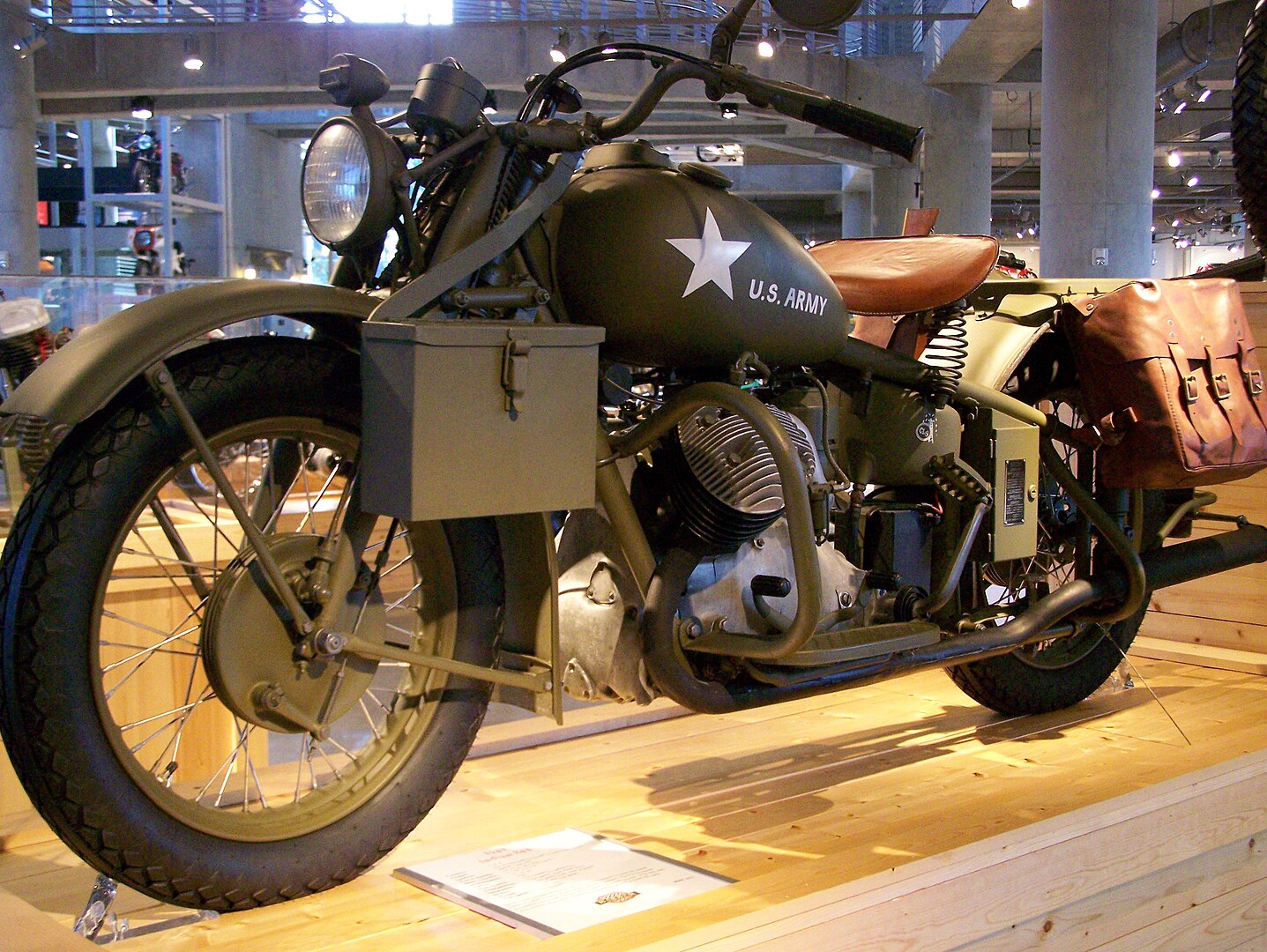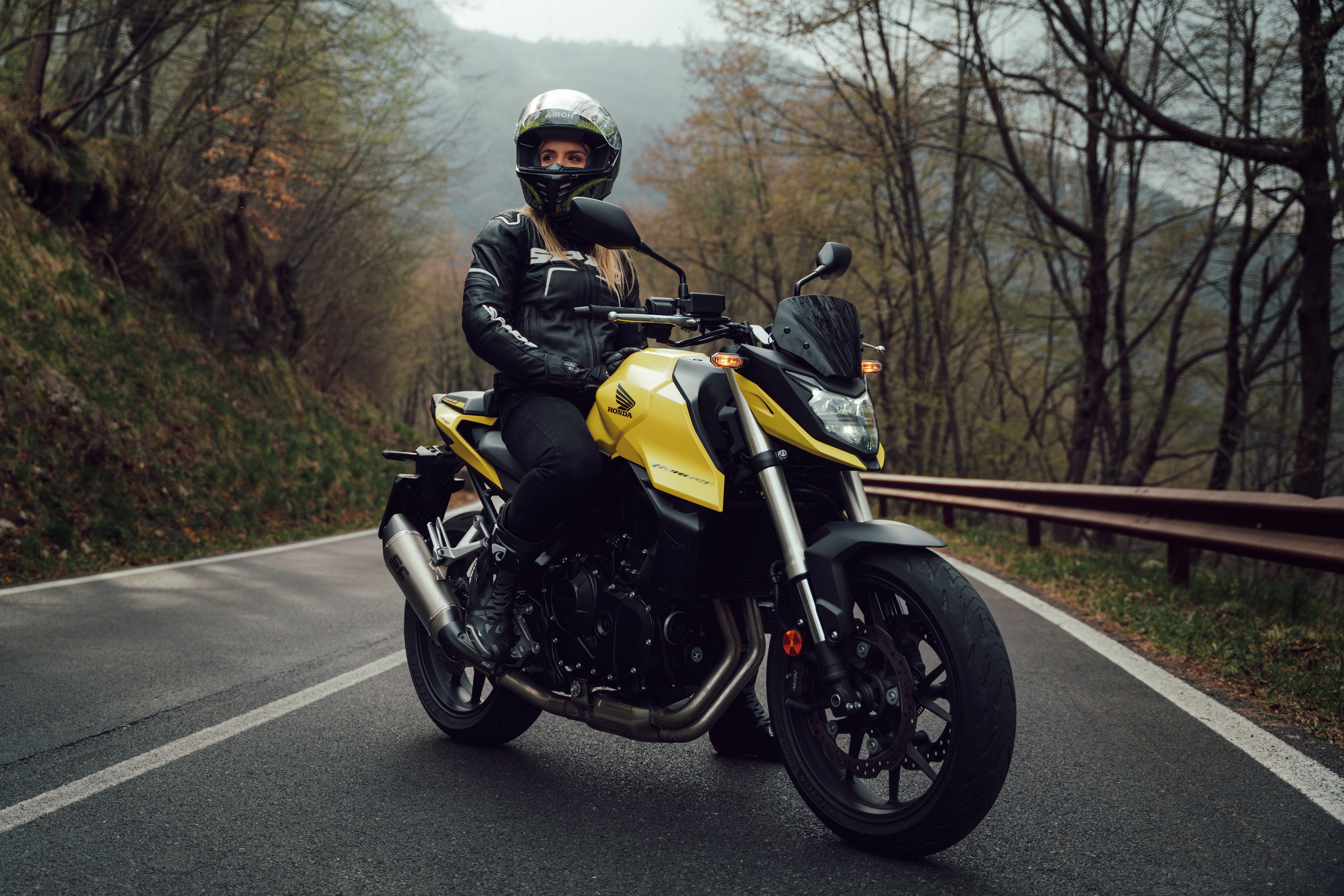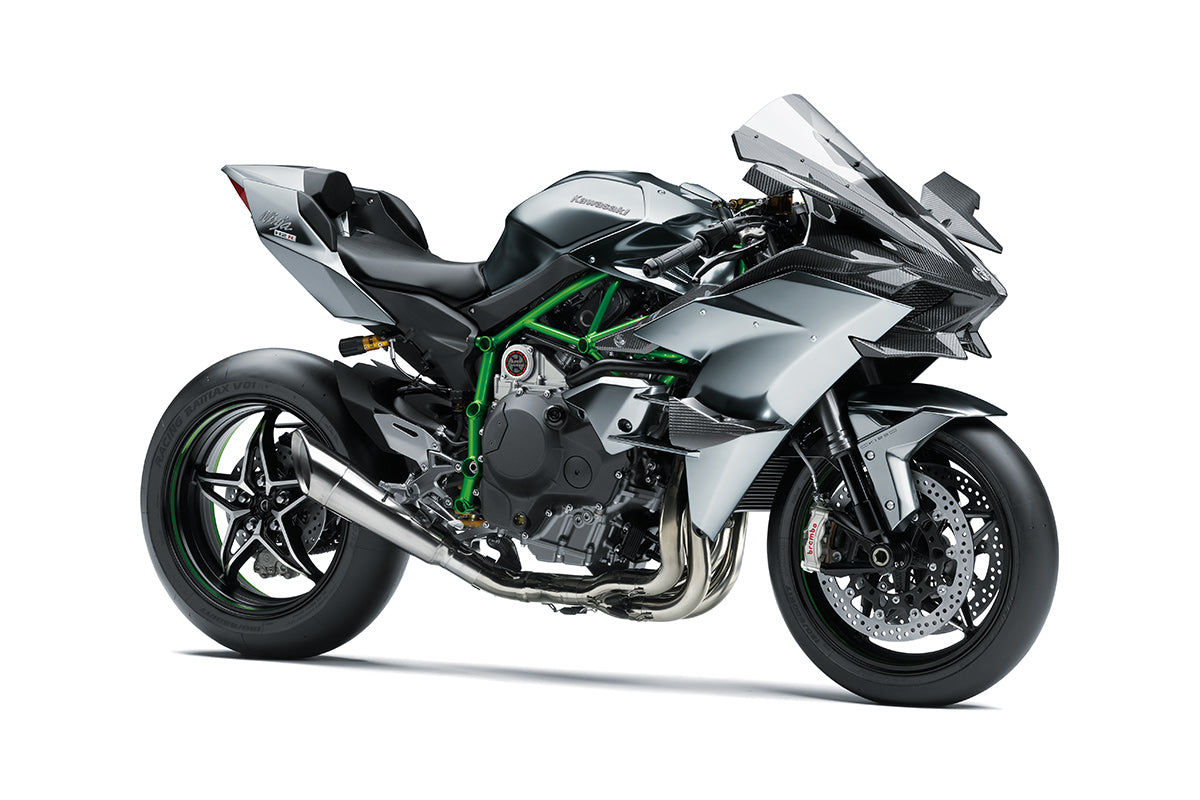
Evolution of Motorcycles - Part 2
At the beginning of the 19th century, all these new motorcycle companies started to crop up, many of which like Royal Enfield, Triumph, Harley-Davidson and Norton exist even today. While the early focus was on making motorcycles race, it quickly towards making motorcycles of the army. World War 1 and World War 2 saw motorcycles replaces horses in the battlefield and become instrumental parts of warfare.
This saw the evolution of motorcycle design, which was initially borrowed from bicycles. They started to lose their lean appearance and became bulkier so as to be suitable over rough terrain. This also increased their reliability and soon manufacturers like Harley-Davidson were devoting 50 percent of their production to the war effort. Triumph too sold more than 30,000 motorcycles to the Allied Troops in World War 1.
All of this production saw motorcycles companies scale up and by the end of the war, Harley-Davidson had become the largest motorcycle manufacturer in the world. In 1920, Harley-Davidson motorcycles were being sold in 67 countries in the world! Another British motorcycle manufacturer called Chater-Lea too were making twin-cylinder motorcycles along with large single-cylinder motorcycles. They too gained prominence in the UK during the 1920s. It even went on to set a world record for 350cc and 500cc motorcycles by setting a top speed of 165.6 km/h or 102.9mp/h. It went on to become popular with Isle of Man TT riders.
In the early 1930s, Germany too saw the rise of motorcycle manufacturers such as DKW and BMW Motorcycles, and the latter burst onto the scene with its boxer style engine, a truly amazing feat for the time. However, American motorcycle manufactures such as Harley-Davidson and Indian were reigning supreme at the time and that continued until 1953 when the Indian factory was closed down and taken over by Royal Enfield.
Another motorcycle manufacturer that made a name for itself during World War 2 was BSA. It supplied 1,26,000 units of its M20 motorcycle to the British armed forces. Royal Enfield was involved in this effort as well as it too supplied lightweight 125cc motorcycles to the army which were light enough to be parachuted down into enemy territory. Once the second World War came to an end, the Americans started using motorcycles as tools to form motorcycle clubs whereas Europeans focused more on cheap means of personal transportation.
Also Read: Evolution of Motorcycles - Part 1
In a span of half a decade, motorcycles had gone from being a wild new sight and lean, mean machines to bigger, more robust machines that were an instrumental tool in the wartime efforts. But the biggest change to the motorcycle that we know today happened after that. It was when the Japanese truly arrived on the scene that motorcycles truly started becoming a lifestyle product rather than just a tool, but more on that in our third part of this Evolution of Motorcycles series.

Leave a comment
This site is protected by hCaptcha and the hCaptcha Privacy Policy and Terms of Service apply.